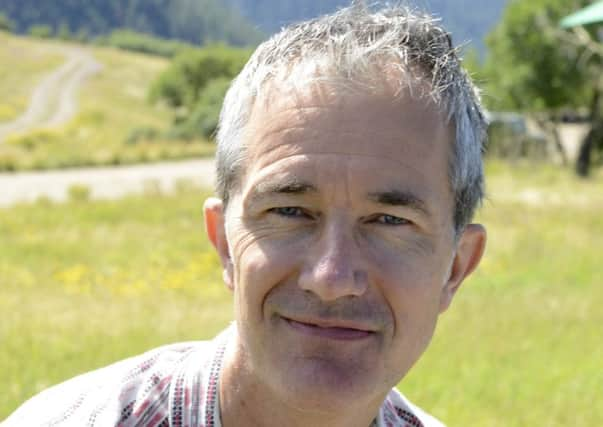Book review: White Sands: Experiences From The Outside World


White Sands: Experiences From The Outside World by Geoff Dyer | Canongate, £16.99
Partly this is because when journalists are sent on all-expenses-paid trips to exotic locations they tend to enjoy levels of luxury that their modest salaries could never realistically provide; to gripe about the pool-side champagne being too warm would seem churlish. Then, of course, there’s the fear of being cast unceremoniously from the gravy train for writing a hard-hitting exposé of a slightly sub-par condominium on the Costa Del Somewhere. Fortunately, Geoff Dyer cares not a jot about any of this, which makes his dispatches from “the outside world” – collected here, and in some cases also substantially expanded – such a joy to read.
Advertisement
Hide AdWhen sent to French Polynesia to write about Gauguin and “the lure of the exotic”, for example, he manages to be monumentally unimpressed by the food, the views of the Pacific Ocean and particularly the artist’s grave, which he feels “merits a stop of about two minutes, max”. Similarly, after trying (and failing) to catch a glimpse of the Northern Lights in Svalbard, he shreds the entire experience with a glee that must have caused relations to become more than a little strained between a certain newspaper’s travel desk and the PR company organising the trip. Lines like “everything about this environment was quite unsuited to photography, human habitation, tourism or happiness” don’t exactly help sell package deals.
Of course, Dyer isn’t really a travel writer. He’s a writer who travels, sure, but in essence he’s a philosopher who thinks like a jazz soloist. His actual physical experiences provide his writing with its rhythmic underpinning, its drums and its bass, but once the beat kicks in his mind flits from one thought to the next like Miles Davis’s trumpet.
His piece about Polynesia isn’t really about Polynesia at all; it’s a meditation on why we travel, why we always seem to feel the need to be somewhere else and where that need might come from. For Dyer, you get the sense that perhaps the holy grail is a place where this desire for perpetual motion might subside, if only for a while.
When he spends a day and a night at Walter De Maria’s installation The Lightning Field in New Mexico – 400 stainless steel poles planted in the desert – he says he would happily have stayed “another night, for a week, for the whole summer”. It’s perhaps the highest compliment he could think of.